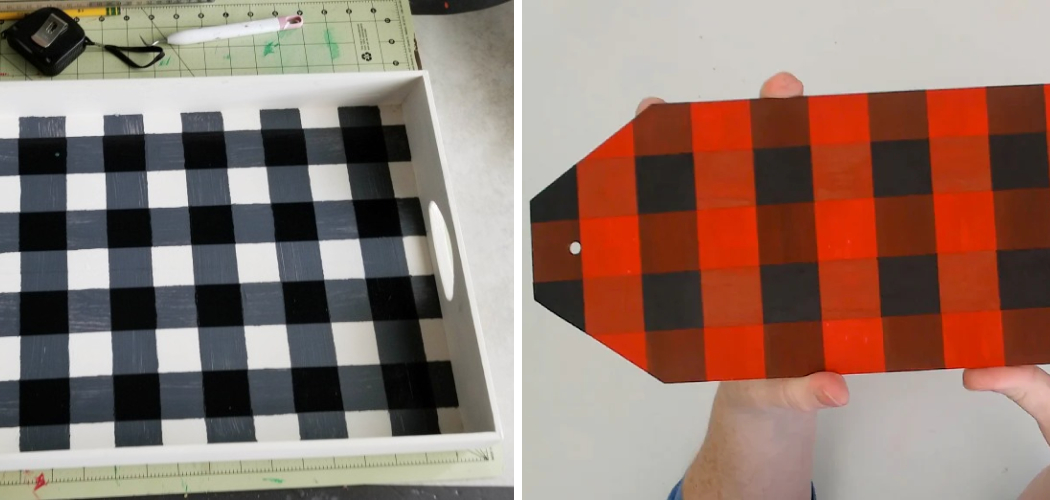Are you looking to add a touch of rustic charm to your home decor? Plaid is an easy and affordable way to do just that. Here’s how to paint plaid on wood.
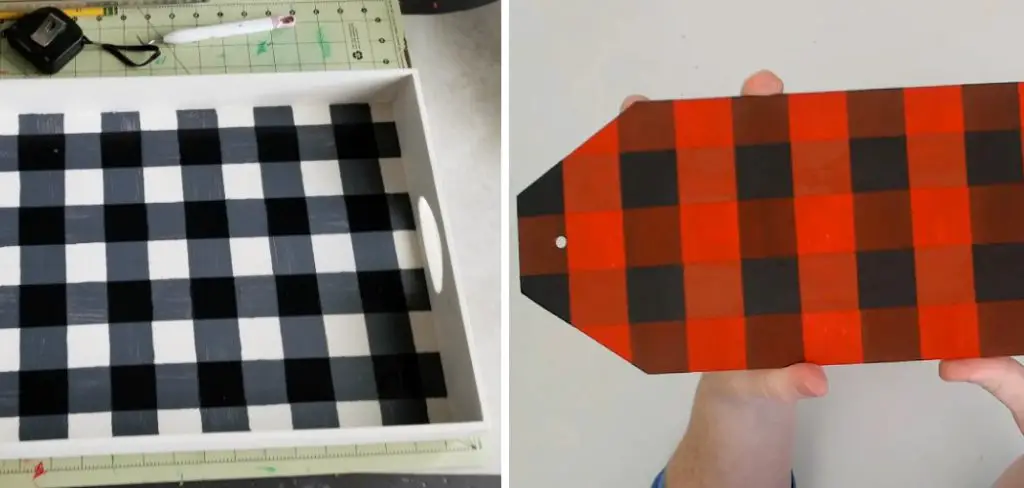
Painting plaid on wood is easy and enjoyable once you’ve mastered the technique. It adds a unique touch that can transform your furniture or walls from ordinary to extraordinary. Whether you’re looking to spruce up a flea market find, refresh old cabinets, or create a custom pattern for your wall décor, this guide will walk you through everything you need about painting beautiful plaid patterns on wood surfaces.
Always start by sanding the wood to ensure a smooth surface for painting. So grab those supplies, break out the paintbrush, and get started!
What Will You Need?
Before you can start painting plaid on your wood surface, you will need the following supplies:
- Sandpaper
- Paintbrush
- Latex or acrylic paint
- Painter’s tape (optional)
- Ruler
- Pencil or marker for making lines
Once you have gathered all the supplies, it’s time to begin.
10 Easy Steps on How to Paint Plaid on Wood
Step 1: Prepare the Wood
Begin by sanding your wood surface with a medium-grit sandpaper. This will help create a smooth finish and adhere to the paint better. Once finished, wipe away any dust or debris that may remain.
Step 2: Tape the Design
If you want a more precise design, use painter’s tape to create the pattern. For example, if you want two-inch wide lines with three-inch spaces between them, use a ruler and pencil to mark off every five inches and then apply painter’s tape along those lines. You can also measure out your plaid design directly on the wood.
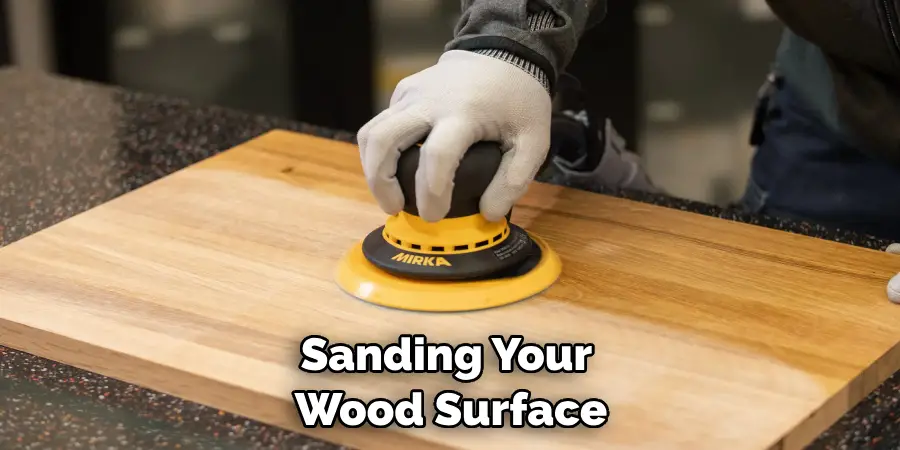
Step 3: Paint the Lines
Using your paintbrush, carefully fill in each of the lines you created with your painter’s tape or pencil lines. Make sure to let them completely dry before moving on to the next step. Generally, two to three light coats of paint should do the trick.
Step 4: Create an Outline
Once all of your lines have been painted, use a thin brush to go over them and create an outline around the edges. This will help give your pattern a crisp, finished look. You can also use dark-colored paint to outline your pattern for an added pop of contrast.
Step 5: Fill in the Spaces
Once your outlines are finished, it’s time to fill in the gaps between each line with paint. This will help make your plaid design stand out even more. As before, you should apply two to three light coats of paint. Try to use colors that contrast nicely with the lines you created first.
Step 6: Let it Dry
Give your pattern plenty of time to dry before moving on to the next step. Depending on the type of paint you used, this could take anywhere from a few hours up to overnight. Make sure all of your paints are completely dry before proceeding.
Step 7: Apply a Sealant
If you want to ensure that your pattern lasts for years to come, it’s a good idea to apply a sealant or clear coat over the entire piece. This will help protect the paint from scratches and fading, as well as make sure it stays looking beautiful year after year. You can also use a sealant or topcoat to enhance the shine of your pattern and create an even more eye-catching look.
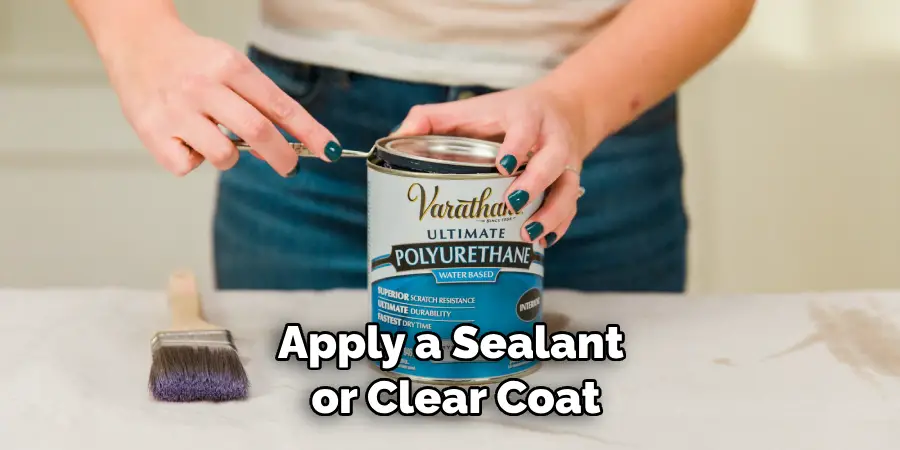
Step 8: Reapply Tape (Optional)
If you used painter’s tape to create your plaid design, this is a great time to reapply it so that the edges are extra crisp and clean. This will help ensure your pattern stays on for years without fading or chipping. Remember to remove the tape once you’re done painting.
Step 9: Remove Excess Paint
Once your pattern has completely dried, it’s time to remove any excess paint that might have gotten on other areas of the wood. This can be easily done with a damp cloth and some gentle scrubbing. Be careful not to rub too hard or use harsh chemicals, as this could damage the wood.
Step 10: Enjoy Your Handiwork
Congratulations! You’ve now successfully painted a beautiful plaid pattern on your wood surface. Whether it’s a piece of furniture or wall art, you can now admire your handiwork and enjoy the unique look of your one-of-a-kind creation.
Painting plaid on wood is a great way to add a touch of rustic charm to any space in your home. With the right supplies and this easy guide, you can create beautiful patterns that will last for years to come. So go ahead and get painting! You won’t regret it!
5 Additional Tips and Tricks
- To create a bolder look, use two different paint colors and alternate between them to create your plaid design.
- If you want to add extra texture or dimension to your pattern, try using some stencils or stamps on the wood before painting.
- If you want an eye-catching effect, use metallic paints in different colors to create a metallic plaid pattern.
- If you’re having difficulty painting straight lines, try using painter’s tape as a guide. It will help keep your lines clean and tidy.
- To achieve an even smoother finish, lightly sand the surface after it has completely dried and apply one last coat of paint before applying the sealant or topcoat.
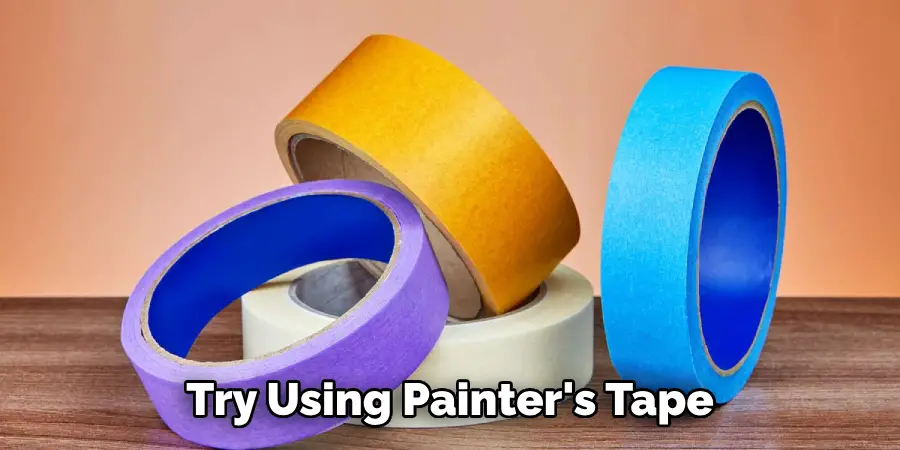
Painting plaid on wood is a creative and fun project anyone can do! With the right supplies and patience, you can create beautiful patterns that will add plenty of personality to any room in your home. So grab those supplies and get started–you won’t regret it!
5 Things You Should Avoid
- Use only a little paint on your brush, as this can create an uneven finish.
- Avoid oil-based paints, as these will not adhere well to wood surfaces.
- Be careful not to rub too hard when removing any excess paint or debris. This could damage the wood surface.
- If painting a large area, take your time with the process. Take your time and apply even coats of paint to each section.
- And finally, avoid using any harsh chemicals or abrasive materials when cleaning up or removing the excess paint. These could hurt the wood surface.
Painting plaid on wood is a great way to add a touch of style and personality to any space in your home. With the right supplies and the steps outlined in this guide, you can create beautiful patterns that will last for years.
5 Different Design Ideas
- For a subtle look, try using two similar colors and varying the widths of each line to create an interesting pattern.
- Use contrasting colors for your lines and spaces if you want a bolder design.
- To add extra depth to the design, paint different sized squares or diamonds between each line.
- To make your pattern stand out even more, add a contrasting color to the edges of each line.
- And finally, if you want to make your wood surface look extra special, try using metallic paint or glitter to create an eye-catching pattern.
Painting plaid on wood can be a great way to add personality and beauty to any room in your home. With the right supplies and patience, you can create unique designs for years.
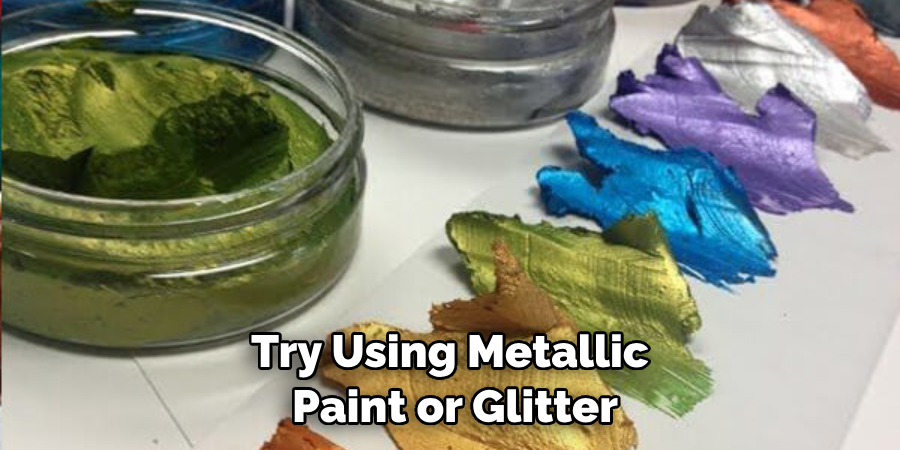
How Do You Paint a Plaid With Two Colors?
Painting a plaid pattern with two colors is easy. All you need to do is apply two coats of each color and then use a ruler or painter’s tape to draw a grid on the wood surface that divides it into even sections. Then, paint one color in the horizontal lines and the other in the vertical lines. You can also vary the widths of the lines to create a more interesting pattern.
You can also add extra pops of color by painting small squares or diamonds between each line. And, if you want to make your pattern even more eye-catching, try using metallic paint or glitter on the edges of the lines.
Finally, let it dry completely before applying a sealant or topcoat. With these simple steps, you can create beautiful plaid patterns with two colors that will last years!
Conclusion
Ultimately, how to paint plaid on wood is a creative and satisfying way to give your furniture and other wooden surfaces a unique look. With patience, concentration, and an understanding of the techniques involved, you can successfully achieve intricate and beautiful designs.
Not all plaid patterns are created equal; while some are relatively simple, others are much more complicated. But the outcome of this project is always worth it; one small step at a time can produce stunning results! It’s important not to rush the process; take plenty of breaks and enjoy getting into the creative flow. If things don’t go as planned, don’t worry – you can always start over or cover it up with another layer of paint.
Above all things, remember that it’s never the end of the world – mistakes happen sometimes but they offer us chances for growth and learning new skills. So be brave and challenge yourself – you’ll surprise yourself with what you can achieve in no time if you just stay positive!

